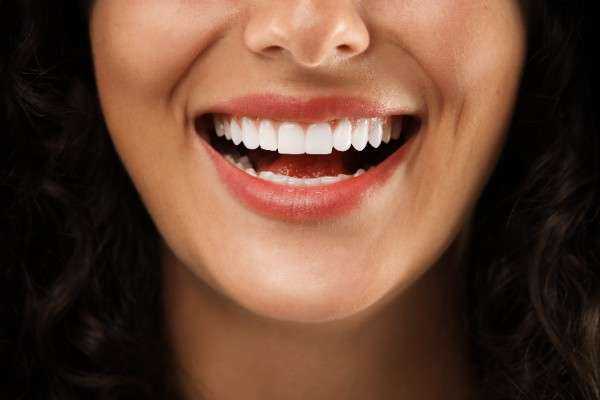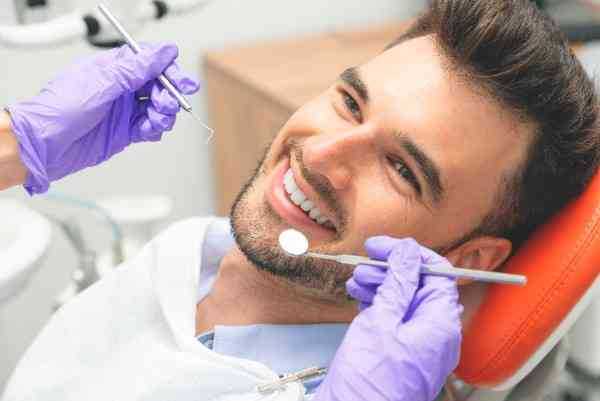Nowadays, a radiant, white smile is commonly linked to wellness, vitality, and self-assurance. Teeth whitening has become one of the most popular cosmetic dental treatments, promising a radiant smile that can transform your overall appearance. Yet, attaining the ideal tooth shade requires more than simply selecting a whitening product or undergoing a procedure. To truly unlock the best whitening results, it’s essential to understand the key points and techniques that maximise effectiveness while protecting your dental health.
This blog will guide you through the causes of tooth discolouration, important factors to consider before whitening, and the best methods to ensure your teeth stay bright for the long term.
Understanding the Causes of Tooth Discolouration
Before diving into whitening treatments, it’s crucial to recognise why teeth become discoloured in the first place. Tooth staining generally falls into two categories:
1. Extrinsic Stains
These stains affect the outer layer of the tooth enamel and are typically caused by:
- Dietary habits: Frequent consumption of coffee, tea, red wine, dark berries, and sauces can leave surface stains.
- Smoking and tobacco use: Nicotine and tar in tobacco products result in yellowing or browning of teeth.
- Poor oral hygiene: Inadequate brushing and flossing allow plaque and tartar to accumulate, causing discolouration.
2. Intrinsic Stains
Intrinsic stains occur deeper within the tooth, affecting the dentin beneath the enamel. These are usually harder to treat and may result from:
- Ageing: Natural wear and enamel thinning reveal yellower dentin underneath.
- Medications: Certain antibiotics, such as tetracycline, taken during childhood can cause discolouration.
- Dental trauma: Injuries to teeth can cause internal staining.
- Excessive fluoride: Overexposure during tooth development leads to fluorosis, which appears as white or brown spots.
Knowing the nature of your stains helps determine the most effective whitening approach, ensuring the best results.

Key Points for Effective Teeth Whitening
Achieving optimal whitening outcomes requires attention to several important factors, with teeth whitening Eastbourne ensuring safe and effective results.
1. Prioritise Dental Health Assessment
Consulting a dentist in Eastbourne before any whitening treatment is essential. A thorough examination can detect underlying issues such as cavities, gum disease, or enamel erosion that need addressing first. Whitening on compromised teeth may worsen sensitivity or lead to uneven colour.
2. Focus on Stain-Prone Tooth Areas
Certain areas tend to stain more noticeably, including:
- The front teeth (incisors and canines), which are highly visible.
- The gum line, where plaque tends to build up.
- The spaces between teeth (interproximal areas), where staining accumulates.
Concentrating whitening efforts on these zones improves overall smile brightness and ensures even results.
3. Choose the Right Product or Treatment
The market offers numerous whitening options, but not all are equally effective or safe. Professional whitening treatments usually deliver better outcomes than over-the-counter kits. Selecting the appropriate method depends on your stain type, dental health, and lifestyle.
4. Consistency and Duration Matter
Whitening treatments require adherence to recommended usage schedules. Overuse can harm enamel and gums, while underuse yields minimal effects. Following instructions carefully ensures the whitening agent has adequate contact time to break down stains effectively.
5. Manage Sensitivity Proactively
Tooth sensitivity is a common side effect during whitening. Using desensitising toothpaste, avoiding very hot or cold foods, and spacing treatment sessions help reduce discomfort and allow treatment to continue safely.
Techniques to Maximise Whitening Results
Understanding and applying the right whitening techniques makes a significant difference in your smile’s brightness and longevity.
Professional Whitening Methods
Visiting a qualified dental professional guarantees a tailored treatment plan and safe application.
Technique | Description | Benefits |
In-Office Whitening | High-concentration peroxide gels applied by dentists with light activation to speed results. | Rapid whitening, precision targeting, supervised safety. |
Custom Whitening Trays | Dentist-made trays hold whitening gel securely against teeth for even coverage at home. | Effective, customised fit reduces irritation and improves results. |
Laser Whitening | Advanced lasers activate whitening agents, enhancing stain removal. | Quick treatment sessions, optimal whitening depth. |
Safe At-Home Techniques
If professional whitening isn’t immediately accessible, home methods can help maintain and enhance results.
- Whitening Strips: Thin peroxide-coated strips applied to front teeth; use carefully to avoid gum irritation.
- Whitening Gels and Pens: Offer precise application but require attention to avoid uneven whitening.
- Whitening Toothpaste and Rinses: Good for maintenance and minor surface stains but less effective on deep stains.
Tips for Even Coverage and Avoiding Mistakes
- Ensure teeth are clean before treatment to maximise product effectiveness.
- Avoid excessive gel application that can seep onto gums and cause irritation.
- Use recommended treatment durations and avoid prolonged exposure.
- Rinse thoroughly after each session to remove residual whitening agents.
Maintenance Tips Post-Whitening
Keeping your smile bright requires care even after your treatment is complete. Simple lifestyle adjustments and good habits extend the longevity of whitening results.
Oral Hygiene Routine
Maintain twice-daily brushing with fluoride toothpaste and daily flossing to prevent plaque buildup and surface stains. Using a soft-bristled toothbrush reduces gum irritation.
Dietary Recommendations
Certain foods and drinks are notorious for causing stains:
Avoid | Opt for Instead |
Coffee, tea, red wine | Herbal teas, water |
Dark berries, tomato-based sauces | Apples, celery, carrots |
Sugary and acidic beverages | Milk, water |
Lifestyle Habits
- Quit smoking and avoid tobacco products to prevent persistent staining.
- Drink water frequently to rinse away staining substances and promote saliva production.
- Use whitening toothpaste or rinses for maintenance as recommended by your dentist.
Regular Dental Visits
Scheduling routine visits to your dentist in Eastbourne for professional cleanings helps remove stubborn stains and keeps your oral health in check, supporting sustained whitening success.

When to Seek Professional Advice
If you experience persistent sensitivity, uneven whitening, or notice stubborn stains that don’t improve, it’s time to consult a dental professional. Customised treatment plans may include stronger whitening solutions, alternative cosmetic options, or addressing underlying dental concerns.
Your dentist can guide you towards the safest, most effective methods tailored to your individual needs, ensuring a bright smile without compromising oral health.
Conclusion
Achieving a radiant smile involves understanding the causes of discolouration, targeting key areas during treatment, and following professional guidance for care and maintenance. Whether using in-office procedures or at-home solutions, prioritising oral health and consistent, proper application is essential for effective results. For personalised advice and tailored treatment plans, turn to a trusted dentist at Eastbourne.
With expert support, your journey to a bright, confident smile will be safe, comfortable, and rewarding. Focus on smart care and professional guidance to enjoy a lasting, healthy, and confident smile every day.














